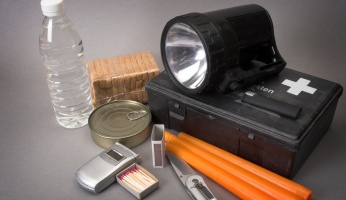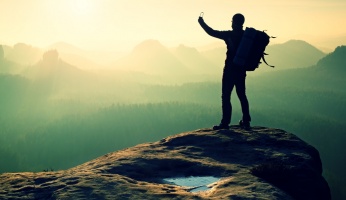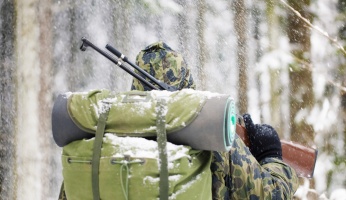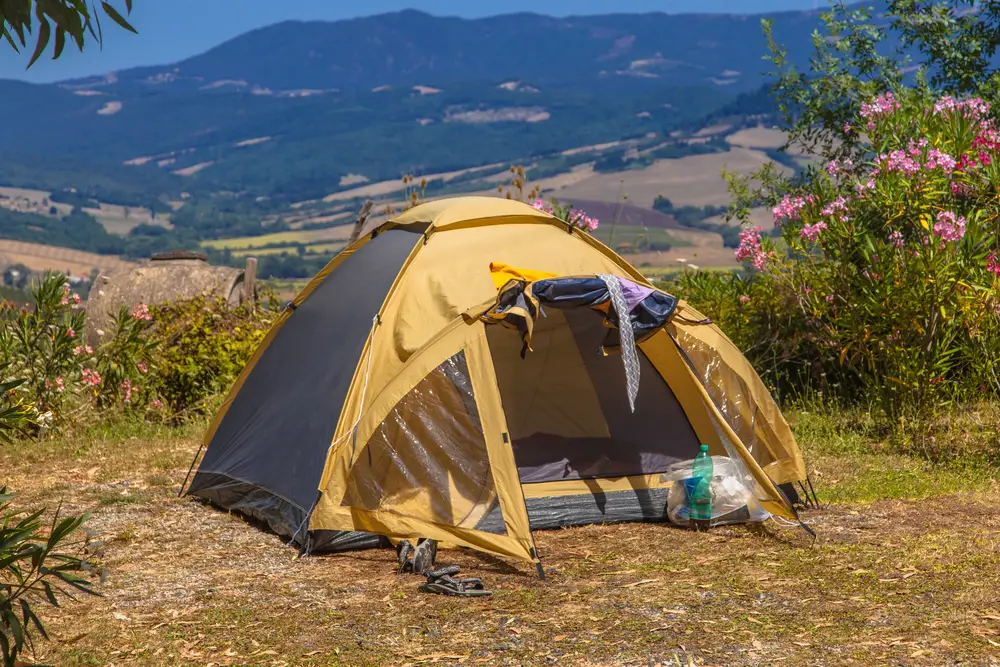Hunting 101: Top tips on Bushcraft for Hunting
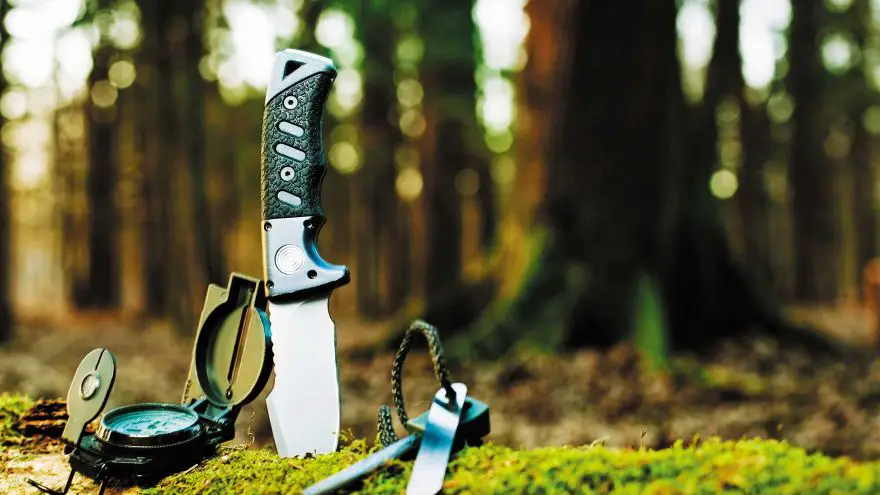 Hunting 101: Top tips on Bushcraft for Hunting
thegearhunt.com
Hunting 101: Top tips on Bushcraft for Hunting
thegearhunt.com
Depending on where you go hunting and how long you are out bushcraft can come in very handy. When you think about things like the power of a good blade when you are up on a mountain and your next best option is a rock you can understand bushcraft and its place. Your ability to generate fire in cold weather or produce a quick shelter is sometimes a matter of life and death if you are in cold weather.
Many hunters utilize these skills on a regular basis and they are often referred to as the skills of a woodsman. I like to think that whichever name we prefer these skills can increase your success on the hunt as well as lighten your pack. If you don’t have to pack food, shelter and even water this creates a much lighter pack which allows you to hunt longer each day.
Bushcraft necessities
What I’d like to talk about in this article are some of the very basic pieces of bushcraft that will increase the quality of our next hunt. Firecract, Shelter basics, as well as Foraging. We will talk about each technique, how to use it and how to apply it to your next hunt. Whether this is a short hunt or a week out in the mountains you will benefit from learning these techniques.
THE IMPORTANCE OF A SHARP BLADE

When we talk about bushcraft we have to talk about a blade. To achieve much of what we are about to cover you will need some sort blade. I have seen tribal peoples who cut small saplings down using only their teeth. They would take small bites of the bark and move around the base of the tree until all sides were whittled down. This is very similar to the technique used by beavers!
We could write an entire article about blades and blade types. The debates on sharpening method and blade composition seem to be never-ending. What’s really important is the necessity for a strong, sharp blade. You will be able to achieve amazing things in the wild with such a blade.
Bringing a man crafted steel blade into the woods is not your only option when it comes to bushcraft. You can very easily create a crude cutting blade from certain types of rocks that are all around you. This process may seem terrifyingly difficult but the fact is if you find a collection of the high-quality rocks and start chipping at them with a larger hammerstone.
Rather than create a list of rock types that you will struggle to identify let’s talk about the properties of a good blade making knife. When you cling quality rocks together they will make a ringing sound. Avoid rocks with a damp or hollow sound. Also, consider the larger rocks as they will be made of more workable material.
A powerful hammer stone will allow you to crack these big rocks in half to make flakes and chips that will most likely create a sharp blade. Now it will not share the same type of edge as a steel blade but it will be a lot better than your teeth!
FIRECRAFT
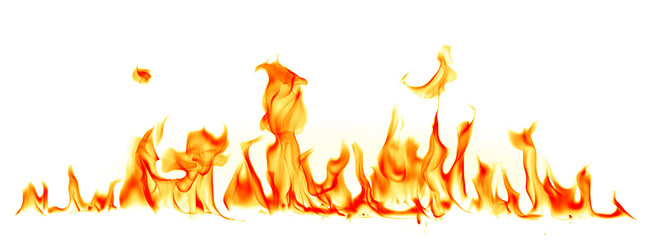
It’s hard to argue with a fire. There are so few things that speak to us in that primal way a fire does. I feel like the spark and the ignition is built into our DNA. I am not sure we could quantify that but it sure feels like it when you get a campfire blazing in the night.
There are a number of ways you can create fire in the wild. My recommendation is always to have a lighter packed. At the very least a lighter is the most up to date tech that will start a fire. Ferro rods and magnesium bars are great options but we should never make these our only option.
For the sake of bushcraft, however, we have to discuss the various fire making techniques that are possible in the wild without matches or a lighter.
Materials to gather and items to burn are critical to success in the building of a fire in the wild. You are looking for fine dry materials to create a tinder bundle from. This bundle should be made of light and flammable materials that will burn well. These can be natural but remember there is always some bit of unnatural in the natural world thanks to human waste.
- Dry grasses
- Birch bark
- Natural cotton
- Cattails
Kindling is one step up and should be made up primarily of small sticks and limbs of trees. The best are fallen and dried. Chunks of bark work well too. The more dry kindling you find the better chances of your fires survival.
The ember is the most important part of generating a fire without a lighter. The creation of this ember can happen in many ways. All of which are no walk in the park. Not only will you need to understand your options but you will also have to practice these methods.
- Bowdrill – The bowdrill gives many a false sense of security because the only exposure they have to it is on t.v, if they showed how long it takes you to build up a good ember with a bowdrill there would be no commercials and the show would be about little else. The fact is the bowdrill is not an easy firecrafting technique
To be successful you must source proper hardwood and keep your drill consistently spinning over a long period of time. If you get lucky enough to generate an ember you must than have a tinder bundle near by and enough wood to keep the fire going. With practice and proper planning the bowdrill can be effective. It can also leave you in the dark.
- Fire Plane – the fire plane works in a very similar manner as the bowdrill. It is just as monotonous as the bowdrill and yields a similar ember. One benefit of the fire plane is that it takes minimal items. It’s really just a flat plain of hardwood with a small groove cut the length of it and another hardwood stick big enough to fit the groove.
The friction of the stick rubbing back and forth on the plane creates the ember.
- Flint – In our early talk about a knife blade I mentioned a few ways to find rocks that will chip well and hold an edge. If you find yourself in possession of some flint you will have the ability to generate a healthy dose of sparks that can ignite a tinder bundle and get your fire going.
- Magnifying Glass – Magnifying the sun’s rays is another way to start some tinder burning. This also takes time but this method requires little to no calories expended. The sun will generate enough heat to start the fire but it will take time.
These techniques are no gimme but practicing them will give you some firecrafting options on your next hunting adventure.
SHELTER
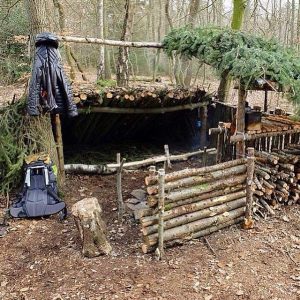 Tents, sleeping bags, mats, pillows and sheets and whatever else you might bring along with you on your hunting expedition to aid in your sleep equals weight. Depending on the time of year and location you are hunting you may be able to live on a lot less. This means less to carry if you are prepared.
Tents, sleeping bags, mats, pillows and sheets and whatever else you might bring along with you on your hunting expedition to aid in your sleep equals weight. Depending on the time of year and location you are hunting you may be able to live on a lot less. This means less to carry if you are prepared.
There are several options for building shelters in the wild. These shelters may require a little more time but they can be very useful. They can keep you very warm and when you walk out of that hunting spot you carry even less with you.
- Leaf Hut – A leaf hut is a great shelter that is built of a frame of sticks and a roof of, you guessed it, leaves. In making this hut you can utilize fallen leaves or large fresh leaves. I prefer filling these gaps in your wooden frame with a couple layers of fresh leaves. Where I live the paw paw and makes some tremendous shingles
Your frame is essentially one large sapling or fallen limb that set at and angle and a line of poles on either side of the main limb in descending length. You should have something that resembles a rib cage to climb into.
- Lean To – Probably one of the easiest shelters to put together the lean to is a classic that shows up in every survival manual. A simple lean to can be put up using two large trees that are in close proximity. Similar to the frame built in the leaf hut you will create a one sided frame that leans against the two trees.
This shelter will leave you more exposed than the leaf hut. If you are sleeping out in very cold weather this may not be your best options unless you can create a powerful fire and direct the heat your way.
- The Bough Bed – In warm conditions this bushcraft bed could serve as great place to sleep through the night while in close proximity to your fire. In cold or wet conditions it would better serve you under a lean to or inside the cover of a shelter
The bough bed is usually made of layers beginning with some type of wood base that gives way to much more comfortable materials. These materials above the wood base will also provide you with some sort of insulation. What the bough bed does best is keep your body off the cold forest floor. It’s very important for you to understand the amount of body weight sacrificed from sleep directly on the floo
FORAGING
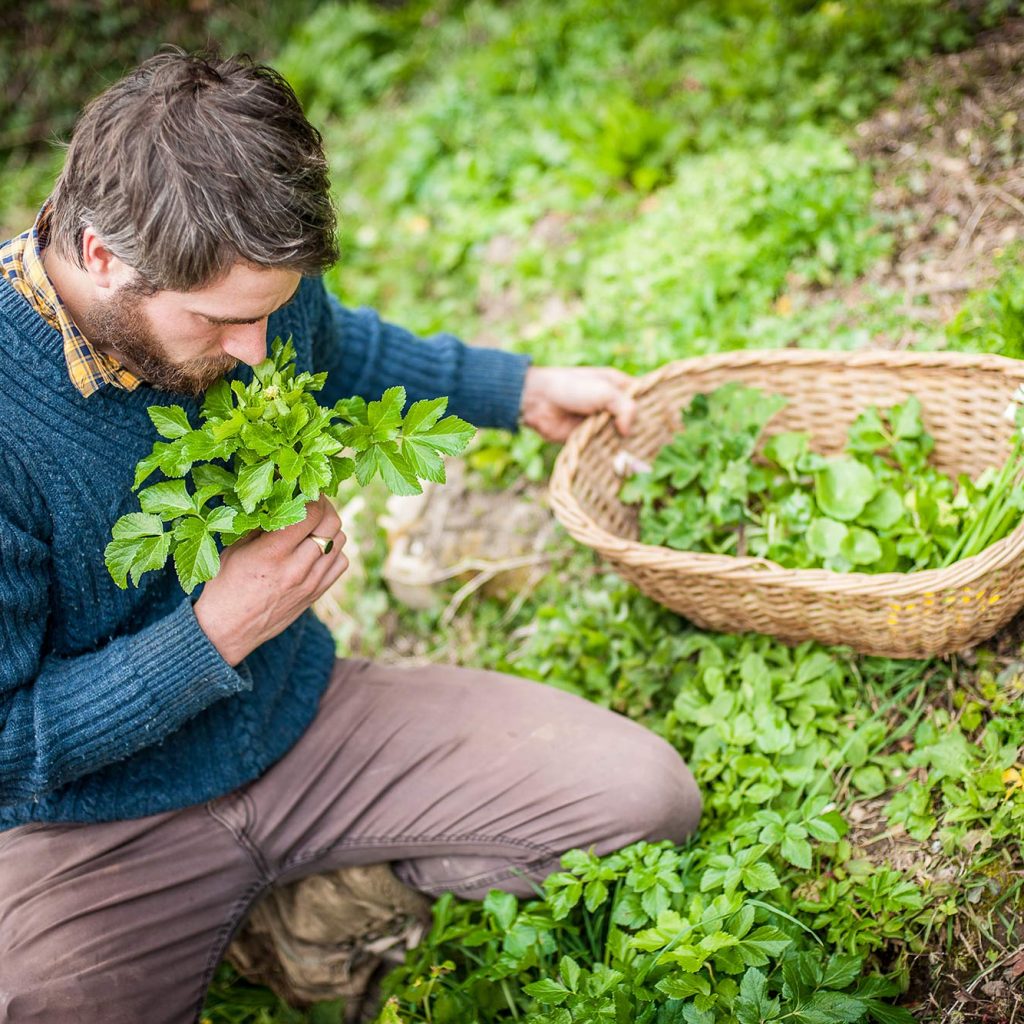
The ugly myth about foraging is that you wind up with a net satchel full of various weeds and leaves for dinner. If you’re foraging skills are very limited and your creativity follows suit then you will wind up with a satchel full of leaves. There are some delicious and highly medicinal herbs out there but after a long day of hiking and unsuccessful hunting, these just won’t take you very far.
There are very real food sources in the wild that you have to get to know. It takes a little thinking outside of the box and a deeper dive into the understanding of what is in the woods and waters all around us. You also want to get over the queasy idea of eating bugs!
Freshwater Bivalves – In most bodies of water all over the nation you will find some type of freshwater clams or mussels. These are absolute titans of protein. They are incapable of getting away and really are one of the most easily accessible sources of nutrient dense foods in the wild.
Insects – Of course this is something taboo in the United States but many nations across the globe are full of people who love eating bugs! This is something that will eventually make it to America. They are an incredible source of protein that is pretty easy to get your hands on.
Look for things like, grasshoppers, ants and termites. If you can beat the mind on munching bugs you will have the ability to enjoy food from the most abundant source on the planet.
Tubers – Things like burdock, cattails and sunchokes offer up more than just their leaves to the forager. These plants all offer a starchy tuber that will give you the carbs and satisfaction that is simply impossible to get with the leaves and stalks alone.
Though some tubers can be eaten right away I would recommend roasting, grilling or boiling any of the tubers you prepare to eat. The reason behind this is that some things, like cattails, grow in water that is filled with bacteria.
CONCLUSION
There are many motivations when you are headed out to hunt. There is so much more to a hunt than merely chasing down an animal and killing it. There is a very real passion for being in the woods and becoming a seasoned woodsman. These bushcraft skills will help you along their way.





